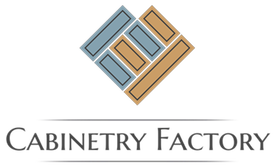|
Kitchen cabinet construction isn't rocket science nor do you need to know every last detail about it. But even if you're not the type of person who's inclined to ponder "how things are put together", it's still helpul to understand the basic parts and how they're constructed. That way you'll have a better feel for the different levels of cabinet quality and what you do or don't get for the various levels of cost you'll encounter. Cabinet MaterialsMost of us think of kitchen cabinets as being made out of wood and that's true for the most part. But don't think that it's all "solid wood" like the lumber used to frame a house. There are other materials that go into the construction of cabinets. Some are wood-based but others are not. Here's a list of the primary cabinet materials you'll encounter: Solid wood - just as the term implies, it's solid homogeneous wood, all the way through. The only variation might be boards or panels that are several pieces of solid wood joined together. Particle board - an engineered wood product that's made from wood chips and particles that are combined with an adhesive and fused together into boards and panels. Particle board makes up a large percentage of the materials used in today's cabinetry, from the panels that make up the boxes to shelving. Medium density fiberboard (MDF) - another engineered wood product that's made up of wood fibers. The fibers are combined with an adhesive under pressure and formed into boards and panels. MDF has a finer texture than particle board and is denser and heavier than particle board. It's used in cabinet doors, shelves and cabinet boxes. Plywood - yet another engineered wood product but one that's probably most familiar to people. It's made up of thin wood "plies" or layers of wood that are glued together in a sandwich form. Usually the plies are oriented with their grain direction at varying angles with respect to each other to give the board or panel more rigidity and stability. Plywood is used for shelving, doors and cabinet boxes. You'll typically see plywood as an upgrade (and corresponding up-charge) from particle board or MDF from many cabinet makers. Or sometimes the plywood cabinet boxes are only in the manufacturer's higher-end product lines. Also, be watchful for the terms "solid wood" or "all wood" in a manufacturer's description or literature. "Solid wood" should represent whole, uniform lumber, not a fabrication or wood composite, like particle board, MDF or even plywood. "All wood" is slightly different in that it usually means all-plywood construction or a combination of plywood and solid wood. The point is, just be sure when you encounter these terms that you're clear on whether it's truly "solid wood" or plywood so you don't run into any surprises. Stainless steel/metal - Stainless steel is used to make complete cabinets though it's much less prevalent than wood cabinetry. There are whole cabinets (boxes and doors/drawers) made from stainless steel and there's also some manufacturers that produce stainless steel doors for wood cabinets. Plastic laminate - this is virtually the same material that's used on laminate countertops although it's usually thinner when used on cabinets. It's basically a plastic product, formed by fusing paper and plastic resin together under heat and pressure. Laminate's used for covering cabinet boxes and/or doors to provide a easily-cleaned surface. Melamine - another plastic-based product that's also used to cover cabinet surfaces. It's a popular material for covering particle board panels that are used in making cabinet boxes. One type of construction you may see involves cabinet boxes made with melamine and wood veneer over particle board. The melamine is on the inside part of the cabinet and the wood veneer is on the outside of the cabinet box. Thermofoil - a thin vinyl film that's used to cover cabinet boxes, doors and drawer fronts. The vinyl usually starts as a rigid film that's then heated and formed over the substrate material (such as cabinet door made from MDF). You'll usually encounter the term "thermofoil cabinets" which implies cabinets that are covered with the thermofoil material (the base material will usually be one of the engineered wood products). Kitchen Cabinet Construction MethodsMethods for building and assembling cabinets will vary based on manufacturer and the level of quality you pay for. There's no need to become a master carpenter to be an informed cabinet buyer but there are some terms and construction techniques that you'll probably encounter, even if it's just browsing a cabinet maker's brochure or website. The important thing to take home on this subject is that there is a relationship between the type of construction and the cabinet's level of quality and durability. The following terms describe some common methods of wood cabinet "joinery" ('joinery' just being the trade term for how the various wood parts are joined together):
Nails, screws, staples, glue - while these aren't classified as true wood 'joinery' techniques, they're included because they're also used in a lot of cabinet assemblies. They either reinforce the wood joinery techniques or they're used alone which makes for less-sturdy construction.
The bottom line on cabinet construction methods is that good joinery techniques where the parts 'lock' together or where one piece is captured in the other makes for the strongest joints. Supplemental fastening methods on these joints (such as a mortise and tenon joint plus screws) makes an even stronger connection. Stronger joints equate to more durable cabinets. |
Kitchen Cabinets Factory in Vietnam
Archives
May 2024
Categories
All
|
Copyright© Cabinetry Factory All Rights Reserved
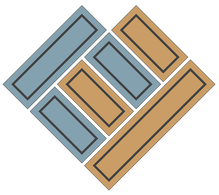


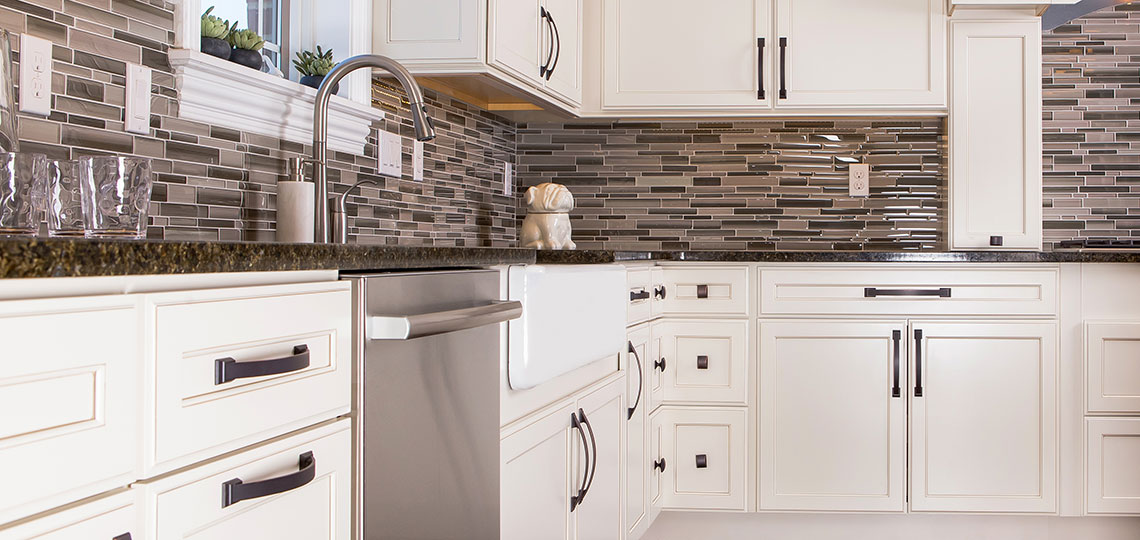
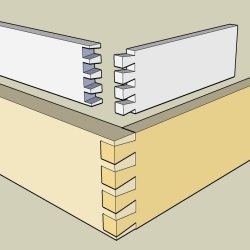
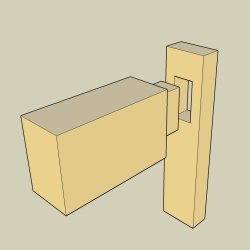
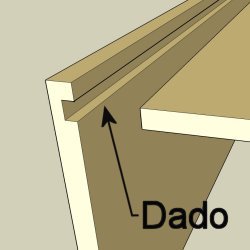
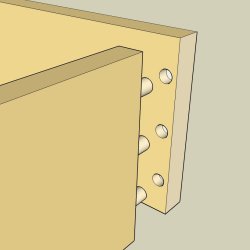
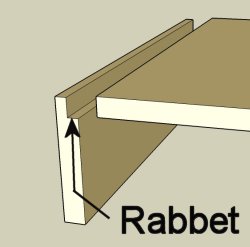
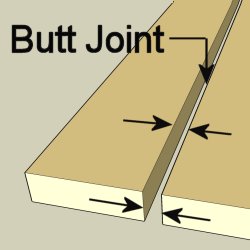
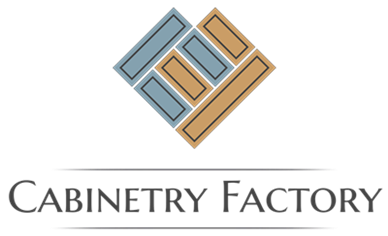

 RSS Feed
RSS Feed
